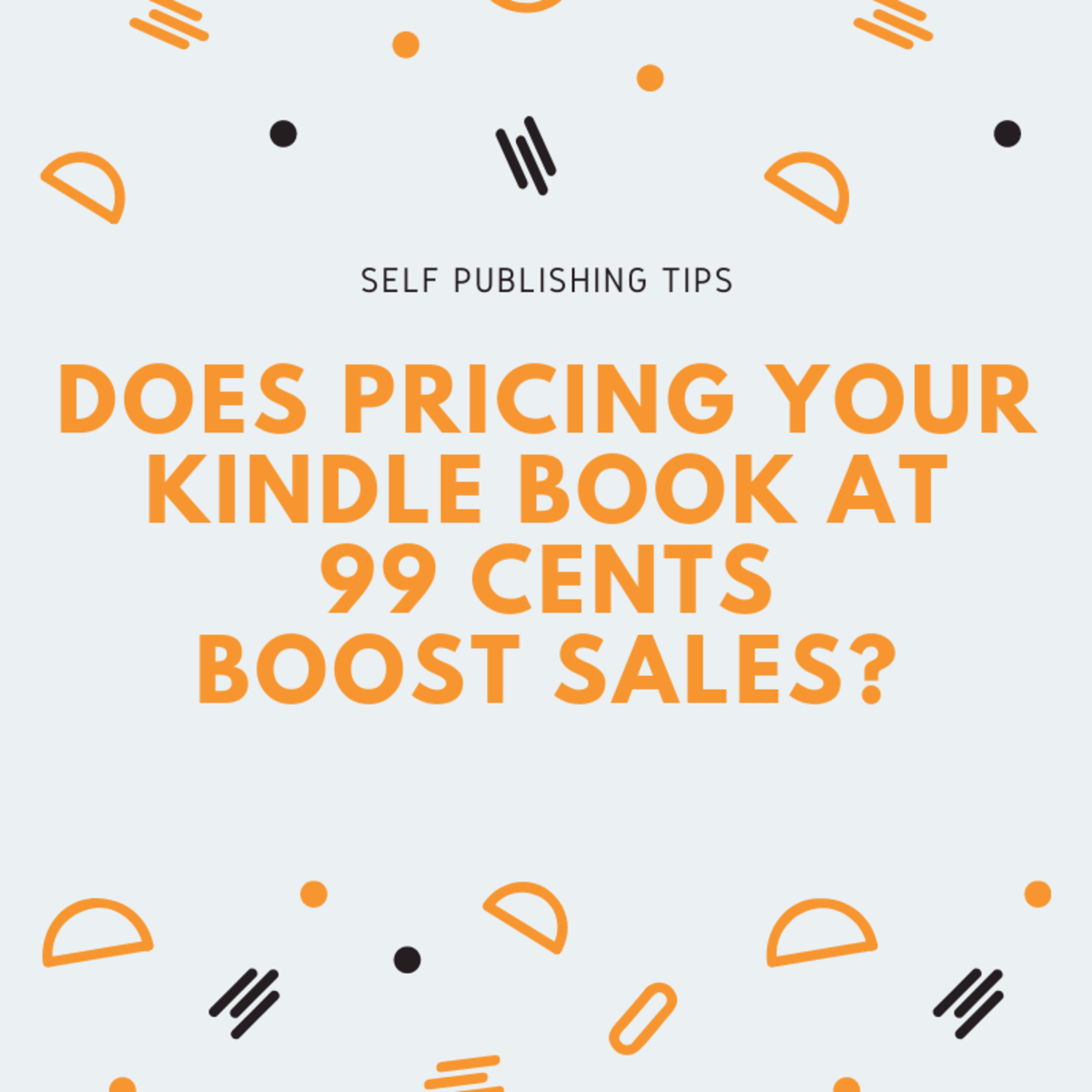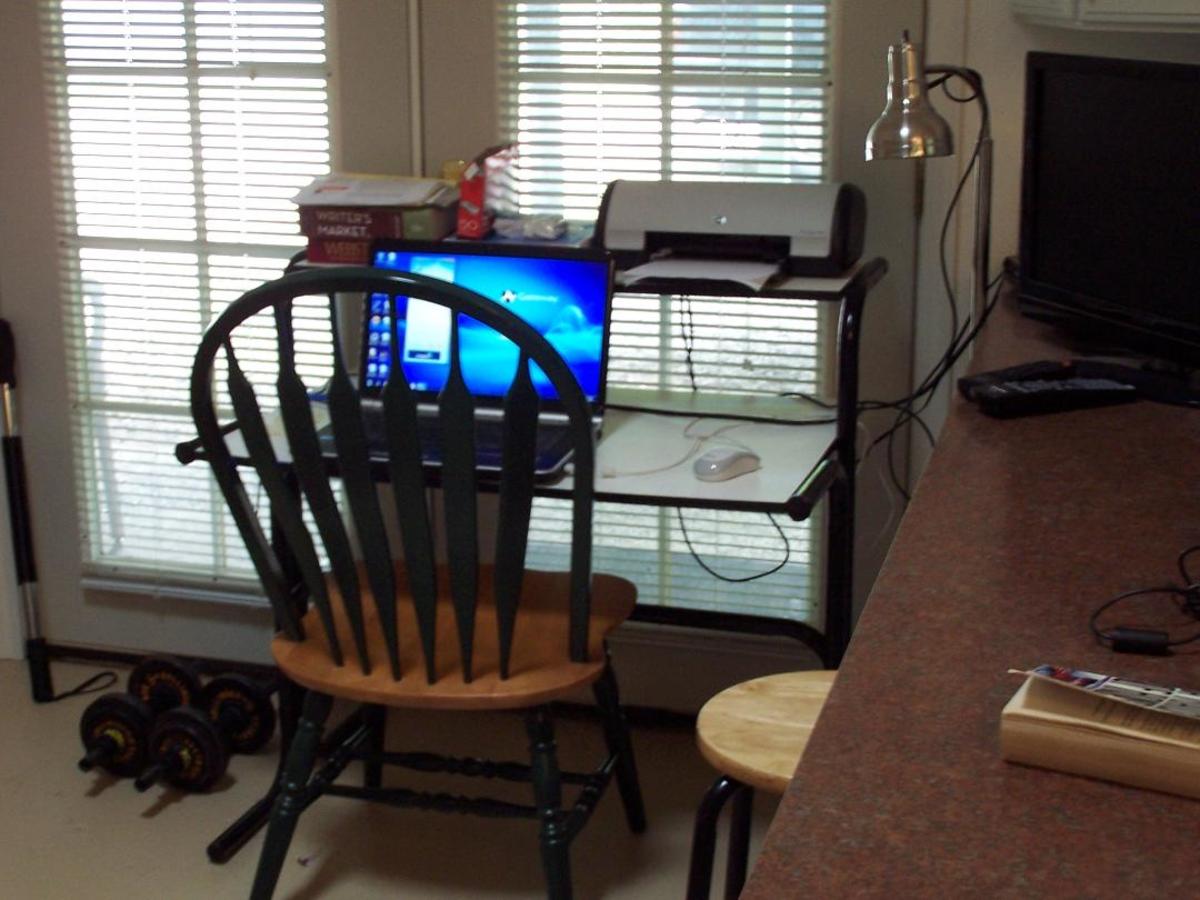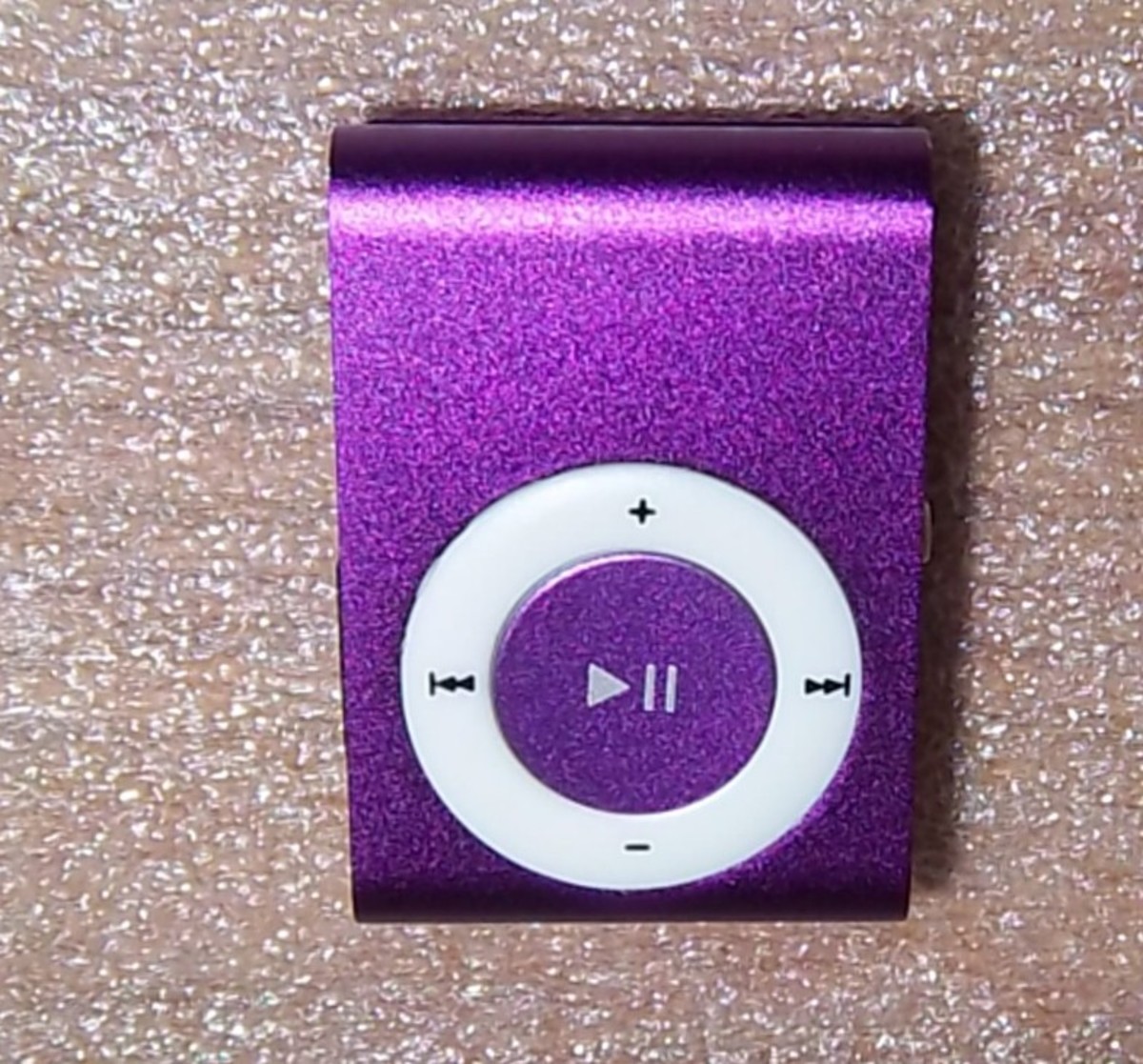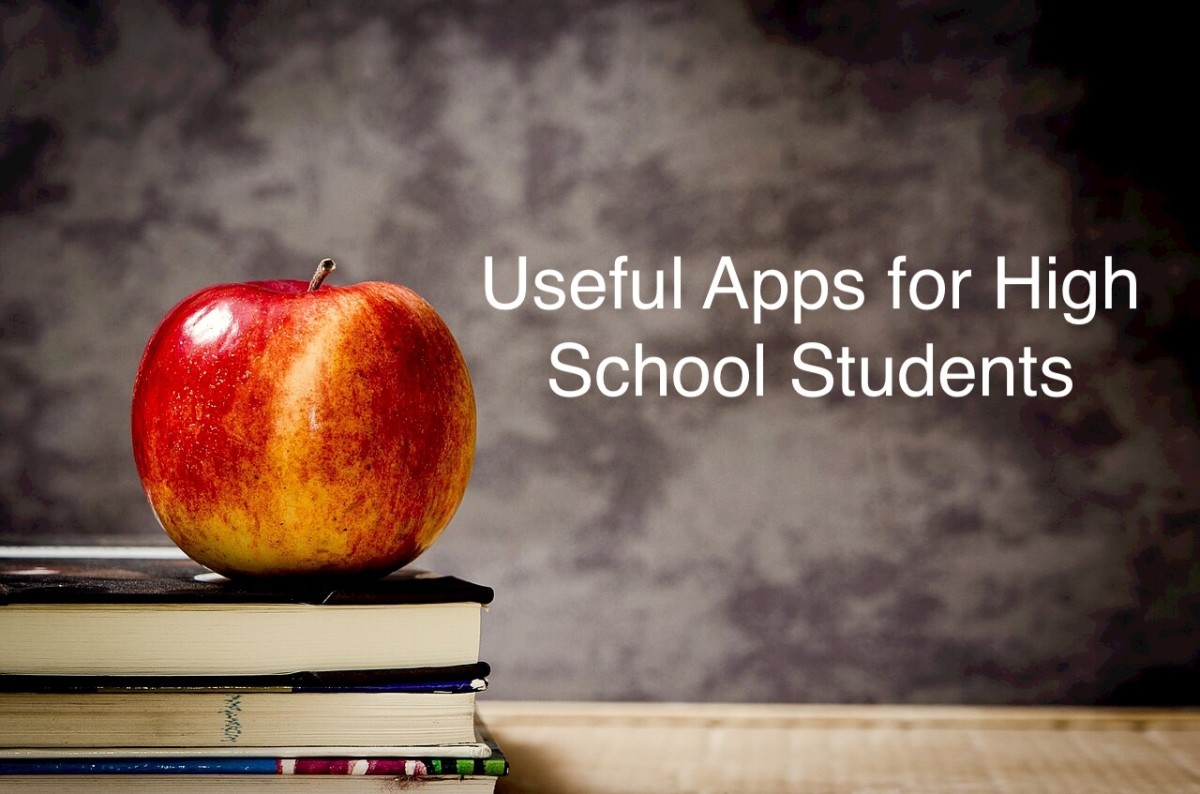Kindle 4 - How Much Longer Before It's Released?
How The New Nook Compares With The Kindle
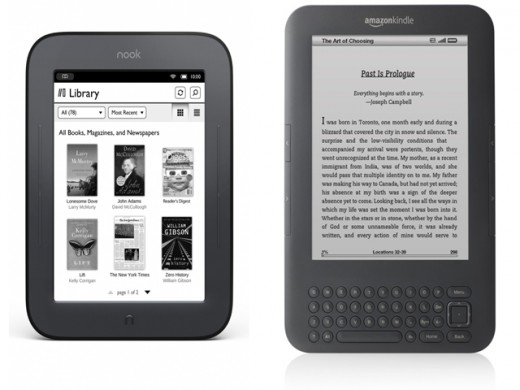
Is The Kindle Still The King?
There's not much doubt that the Amazon Kindle reader is the dominant force in the ebook market right now. It's the top selling product on the Amazon website - a position which it has held for over two years now - which is quite remarkable for a product that first saw the light of day just three and a half years ago.
The Kindle 3 launched in August of 2010 and, if anything, at a time when every new ebook reader was being hailed as a potential "Kindle killer", it opened the gap between the Kindle and the chasing pack even further.
Since then, the market seems to have settled down, with the Kindle being the runaway leader and the Nook reader from Barnes and Noble trailing in a fairly distant second place. Other readers, from pure electronics manufacturers such as Sony for example, struggled to make any inroads or gain market share. The market settled down to a straight Kindle vs Nook head to head fight, with the odds tipped firmly in favor of the Kindle.
However, just when Amazon might have been tempted to rest on their laurels, a couple of new developments have made it look like the Kindle's top spot might, after all, be up for grabs.
2nd Generation Nook Reader
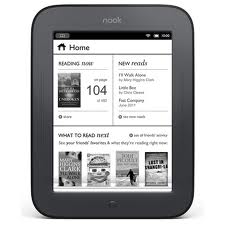
Barnes And Noble Upgrade The Nook
The first notable event that might have put something of a dent in the Kindle's air of invulnerability was the release of a newly upgraded Nook reader by Barnes and Noble.
This ironed out a lot of the niggles with the original Nook and it also incorporated touch screen controls.
For many people, this is not only easier and more intuitive to use, but it also conforms with what is expected in personal electronics devices nowadays. Whether it's actually better or not is immaterial - it's what consumers have become accustomed to.
From a purely functional perspective, it obviates the need for a QWERTY keypad, such as the one on the Kindle for example. This means that the Nook can be made smaller and lighter than the Kindle - in fact, it's about an inch shorter and an ounce lighter - and that's something that is sure to appeal to many consumers.
Another feature, again of dubious value, but which is seen as desirable by many prospective buyers, is the inclusion of a memory card slot. This allows you to boost the memory up to 32GB by the simple insertion of an SD memory card. That's enough to store around about 18,000 books.
All things considered, whilst the new Nook may not be a Kindle killer, it is certainly a big step in the right direction for Barnes and Noble and should see the Nook running the Kindle a lot closer in future.
iRiver Story HD Reader
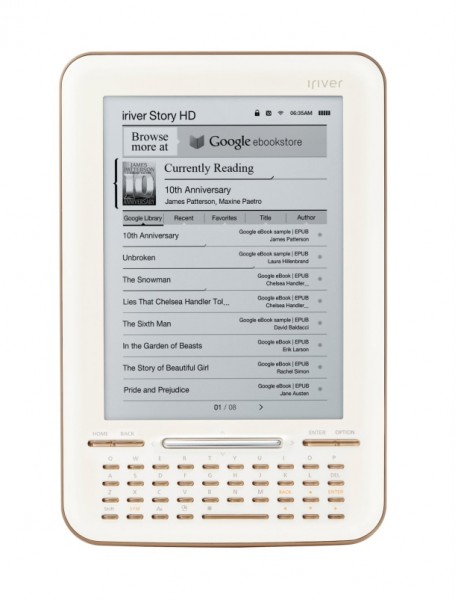
iRiver (And Google) Launch The Story HD Reader
If the launch of the upgraded Nook wasn't enough of a warning shot across Amazon's bow, within a fortnight the iRiver Story HD reader was released (looks a bit like the Kindle doesn't it). It has some nice technical touches to it. For example, it is the first ebook reader with an XGA, e-ink technology display.
Resolution is 1024 x 768 - compared to the 800 x 600 of both the Nook and the Kindle. That equates to 63% more pixels - which should make for a better reading experience. It might also offer ebook publishers some additional formatting options.
Whether or not that is considered to be a big selling point by potential customers remains to be seen. However, what will almost certainly be considered to be a great big deal in the eyes of the consumer, is the fact that the Story HD is the product of a partnership between iRiver and Google - or maybe that should be Google and iRiver, if you know what I mean.
The Story HD is the first ebook reader to be fully integrated with the Google eBookstore. Story owners will be able to choose from Google's massive selection of books, and then download whatever ones they fancy direct to their reader using a Wi-Fi connection.
That could turn out to be mutually beneficial for both iRiver and Google. There can't be much doubt that a lot of the success of the Kindle reader is due to the large selection of Kindle books available for use with it. Likewise, the Nook's selection of ebooks, available on the Barnes and Noble website, has helped it to a level of success which it might not have otherwise enjoyed.
It does appear, given the success of Amazon and Barnes and Noble, and considering the fact that some other perfectly good readers from pure electronics manufacturers have struggled to gain any significant market share, that consumers like to buy their ebook readers from companies which have a strong link to books and reading. The iRiver/Google alliance might just furnish that link and boost sales of the Story HD whilst simultaneously raising the profile of Google's eBookstore.
It could, just about, be enough to change the dynamics of the ebook reader and ebook markets.
Kindle 3 Reader
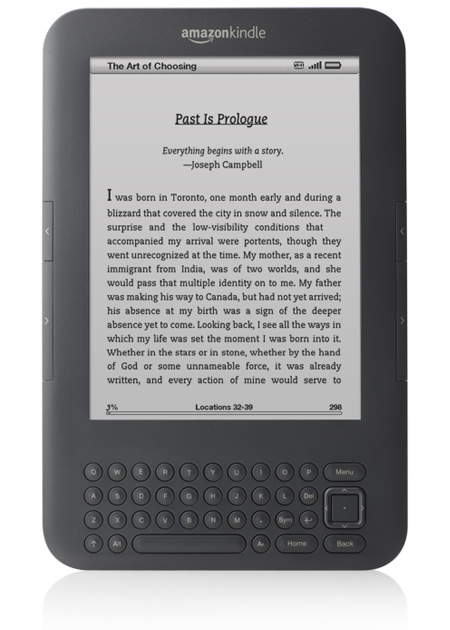
Is It Time For The Kindle 4?
So, all things considered, Amazon has been on the receiving end of a bit of a double whammy this past few weeks. The Kindle 3 is still the market leader, and still a very good ebook reader which has, in certain areas, still got significant advantages over both of the newcomers.
But is it, at less than a year old (a long time in the world of electronic gadgets) starting to show its age? Is it time for Amazon to get a move on and release the Kindle Touch?
So far, the release date of the different Kindle versions has been as shown below:
- Original Kindle November 2007
- Kindle 2.0 February 2009
- Kindle DX July 2009
- Kindle 3 August 2010
Ignoring the DX, it looks like there is usually a little over a year between Kindle upgrades. Fourteen months between the original Kindle and the Kindle 2.0 and 18 months between the Kindle 2.0 and the Kindle 3.
That doesn't mean anything of course, but it is - competitor activity aside - pretty much all that we've got to go on at the moment. It might imply a Kindle 4 e-reader launch date sometime between October 2011 and January 2012.
With a time frame like that, you might imagine that Amazon would tend to go for a release towards the earlier part of the "window of opportunity". A release date early in 2012 would not only miss the Christmas gift giving season - when the Kindle always sells well - but it might have a negative impact on festive sales. If customers were to be aware, or even to suspect, that a new version of the Kindle was expected, say in the first quarter of 2012, they might well hold out for the new version. Dad might get a pair of socks instead. So, a pre-Christmas launch for the Kindle 4 looks to be better for business - and Amazon seem to know what to do to max out sales. Therefore, the Kindle 4 will launch (well) before Christmas 2011.
So, now that we know when the Kindle 4 will launch, maybe it's time to consider what competition crushing upgrades and new features it should have.
What do you think?
Kindle 4 Desired Features
What new upgrades do you think the Kindle 4 would benefit from most?
Possible New Features For The Kindle 4
Color E-Ink Display
Personally speaking, I don't mind a monochrome display. I read mostly novels - which are usually in black and white anyway - so it's not a big handicap having a monochrome display. However, some people might want to read newspapers and magazines on their reader, in which case a color display would be beneficial.
It's also a market that it would be logical for Amazon to try and increase their "Kindle share" in. However, a color display may well be just a little too much for current technology to provide, at least at commercially attractive prices. Amazon will only release a color Kindle when the technology is right and the price is good for their customers. On that basis, I do not believe that the Kindle 4 will have a color screen (but maybe the Kindle 5 will).
Touch Screen Control E-Ink Display
I don't mind using buttons to navigate on the Kindle. It's easy to use with one hand - if you're on a crowded bus or train, or maybe just stretched out on the sofa say. On the other hand, the one that's not pressing the Kindle's buttons probably, like just about everybody else, there have been occasions when I have tapped my Kindle screen without thinking about it and expected something to happen. We are pretty much accustomed to personal gadgets which we can control by poking, prodding and swiping these days.
What might be more important is the fact that, with a touch screen, the QWERTY keypad is not required and the Kindle can be shrunk down. that alone means that the Kindle 4 will, in my opinion, have a touch control e-ink technology screen.
XGA High Resolution E-Ink Display
Will the new 1024 x 768 resolution display featured in the Story HD provide a better reading experience or not? It probably will. I was quite happy with the display on my Kindle 2.0 until I saw the display on the Kindle 3. Higher resolution displays will, in all probability become the standard, and the Kindle 4 will have one.
Memory Slot For HD Card
Once again, this isn't a big deal for me. The Kindle has enough storage on board for 3,500 books - that's more than enough. Provision of a memory card slot is unnecessary and increases the cost of the reader - which may be why the Nook and the Story HD have less on-board memory than the Kindle. I don't think that the Kindle 4 will have this option.
Other Ebook Format Support
This is one area where Amazon have been on the sharp end of some criticism. Many people don't like the idea of being tied to the Kindle - although, since you can read Kindle books on any number of different devices these days, it shouldn't be such a big deal. Nevertheless, it is a bone of contention for a lot of people.
On the other hand, Amazon need to sell Kindle books. It's the tag team of the Kindle reader and Kindle books which has driven the Kindle to the market leading position that it's in. Breaking that up will actually weaken Amazon's position overall. So, PDFs aside, there will be no other formats supported, at least at the launch of the Kindle 4.
Other Possible Features
There are numerous other "soft" features which Amazon could add. Kindle owners can already lend books, and Amazon has announced that the facility to borrow books from libraries will be added by the year end.
Amazon fairly recently made a lot of Kindle owners very happy by the simple act of adding "real" page numbers instead of a "percentage complete" indicator. Who knows what other small changes they will dream up to keep their customers happy?
Kindle 4 Predictions
So there you have it. My predictions for the Kindle 4 are as follows:
- Will be released before Christmas 2011.
- Will include an e-ink display which has touch screen controls.
- Will have a resolution of 1024 x 768 - but will not be color.
- Will not have a slot for an SD memory card.
- Will, at least at launch, support Kindle books and PDF files.
- Will continue to be the market leading ebook reader.
Now you know.


